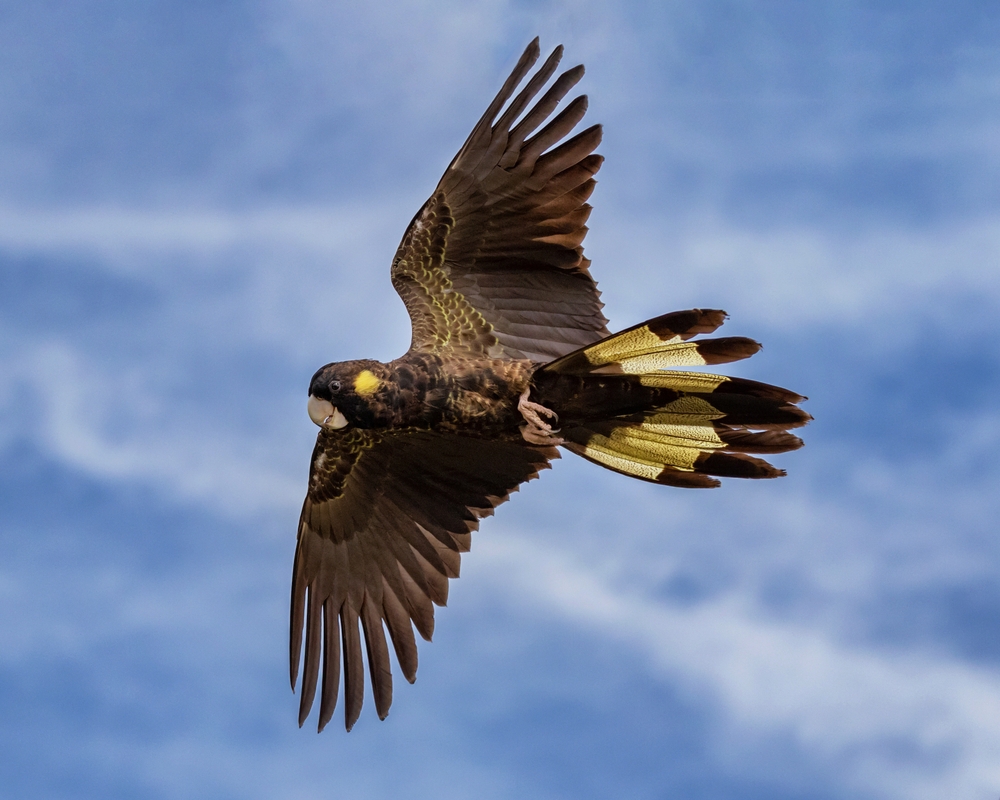| Common name | Estuarine crocodile |
| Scientific name | Crocodylus porosus |
| Type | Reptile |
| Diet | Carnivorous, eating insects, birds, sea turtles and mammals |
| Average lifespan | Up to 70 years |
| Size | Ranging from 3 to 6 metres in length and between 75 and 520kg in weight |
The estuarine or salt-water crocodile is an award winner, taking out the honours as the largest species of crocodile as well as the largest living reptile in the world. One scaly creature you don’t want to mess with, this crocodile has remained one of the world’s most deadly predators for million years.
A literal living relic of the past, the estuarine crocodile first appeared over 240million years ago during the time of the dinosaurs. While many species evolved into different shapes and forms, the crocodile has remained relatively stable in structure for the last 200 million years. With its long, toothed snout, eyes and nostrils set on top of its head, extremely thick skin covered in bony plates called osteoderms, long muscular tail and short limbs with clawed webbed feet, the estuarine crocodile is built perfectly for a range of watery habitats and is a top predator within its environment.

Rivers, estuaries, creeks, swamps, lagoons, and billabongs make the perfect home for the saltwater croc. These adaptable reptiles can tolerate water salinities from 0% (freshwater) to 35% in full strength sea water and some crocodiles have also been recorded in water twice as saline (70%) as sea water.
Found from India, across Vanuatu and the Solomon Islands, within Australia, the estuarine crocodile inhabits waterways from Rockhampton in Queensland, throughout coastal Northern Territory and across to King Sound, near Broome in Western Australia.

Born with a strong set of hunting skills, juvenile estuarine crocodiles can easily catch a meal as soon as they hatch from their egg, with small insects, crabs, prawns, and shrimp amongst their favourite snacks. Opportunistic feeders, the estuarine crocodile uses either a ‘sit and wait’ strategy or ‘active hunting’ to catch their next meal. Happy to feast upon any animal that crosses its path, smaller saltwater crocs mostly eat insects and crustaceans, with larger beasts feeding less on larger prey including water birds, snakes, sea turtles, and mammals up to the size of a water buffalo.
Larger crocodiles actively hunt their prey and use ambush as a successful tactic to capture animals unaware of the crocodile’s presence. If the estuarine crocodile cannot swallow their meal whole, the reptile may drag it under water and twist it into a “death roll” until it dies, or the croc might violently shake its head in an attempt to break its prey apart.

Estuarine crocodiles enter a courtship period four to six weeks before nesting and this behaviour can last throughout the nesting period, with usually takes place during the build-up to the wet season in northern Australia. Males become extremely territorial, with head-slapping, growling and even animal to animal combat – all techniques used to drive away competing males. Females also assert their dominance and eventually approach the male, and an elaborate process of swimming together, body contact and rubbing takes place.

Creating a mound nest using piles of vegetation mixed with earth in a location close to a permanent water source, the female then digs an egg chamber and lays an average of 50 hard shell eggs. Protecting the eggs during the two-to-three-month incubation period, the mother crocodile helps to dig out her hatchlings and carries them in her mouth down to the water. A variety of factors including infertility, flooding, and overheating means 75% of saltwater crocodile eggs wont hatch at all and from those that do, many fall prey to birds, turtles, large fish and other crocodiles.
Surviving estuarine crocs that make it to adulthood have very few predators besides larger crocodiles and humans. Now protected, saltwater crocodiles have steadily increased in number since the 1970s but deaths due to fishing nets and the effects of habitat destruction are still apparent.









